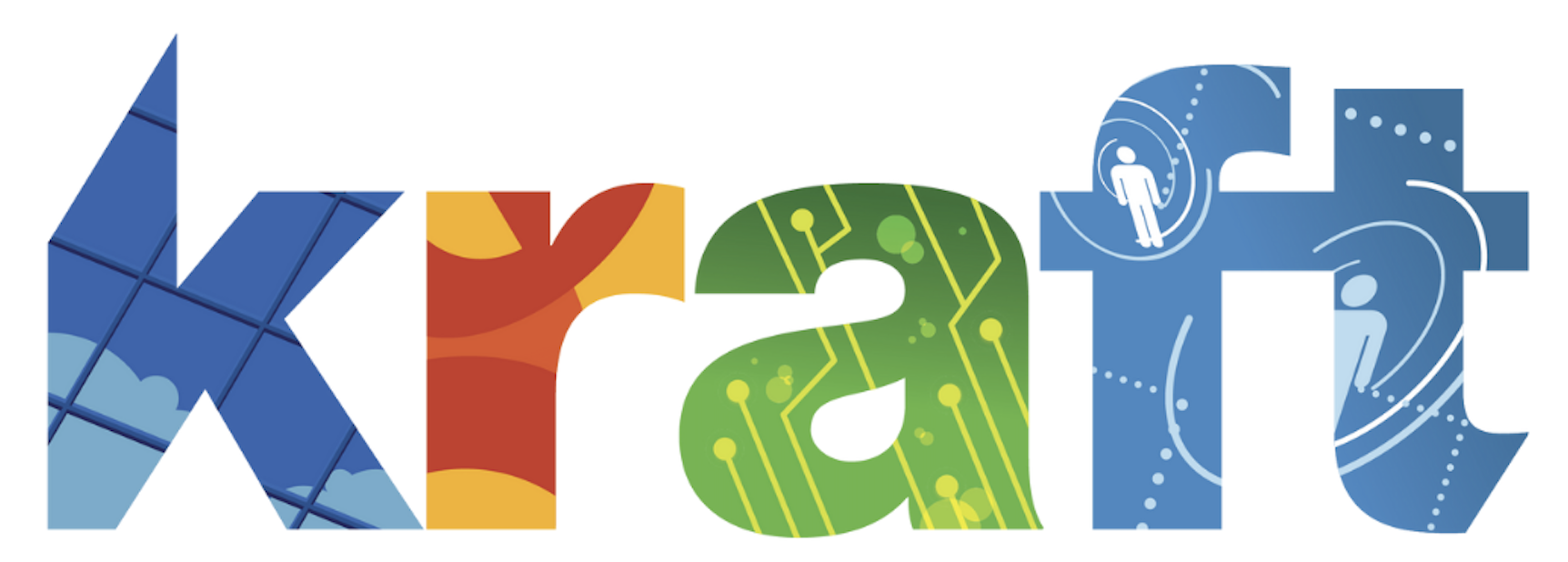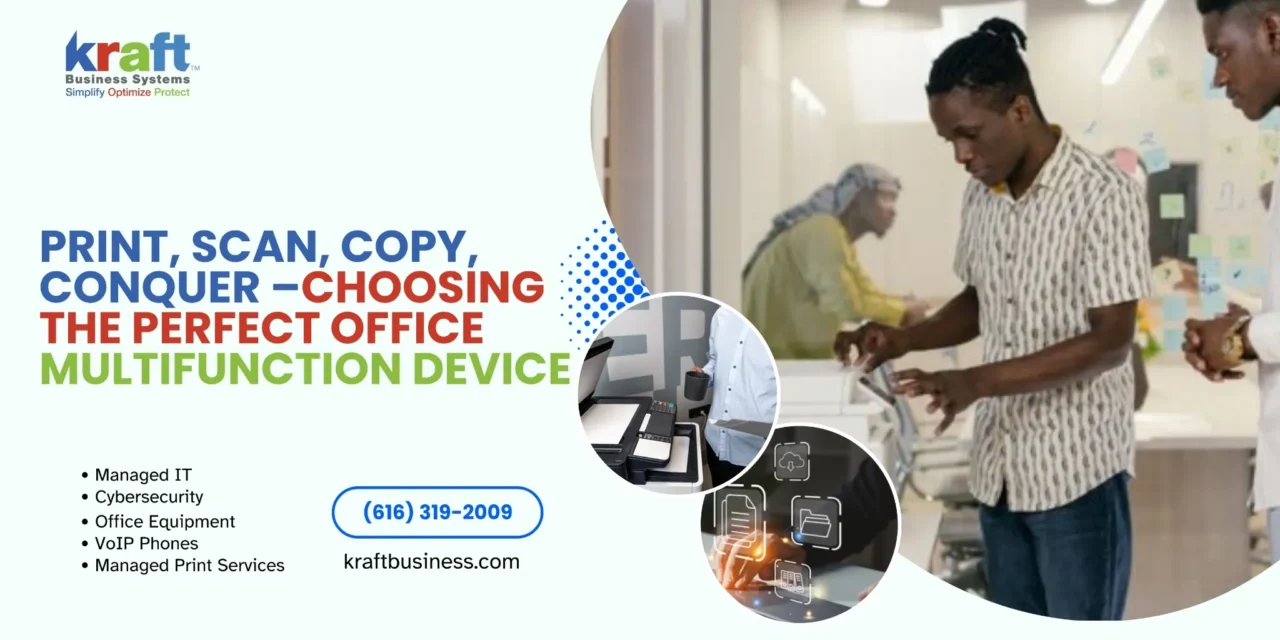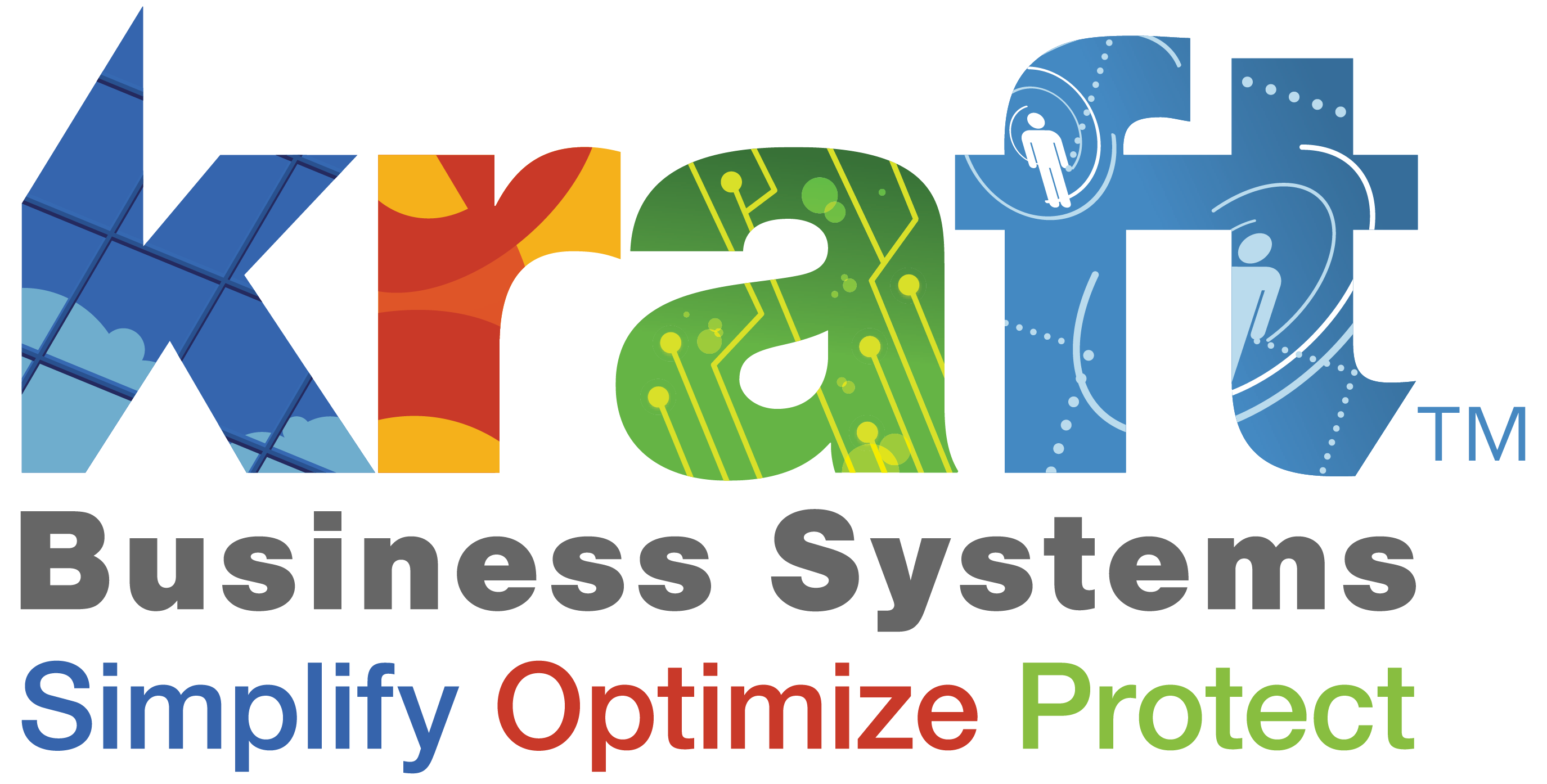An office printer scanner copier combines multiple essential functions into a single device, offering space savings, cost efficiency, and streamlined workflows for mid-sized businesses. These multifunction printers (MFPs) eliminate the need for separate devices while providing advanced features like mobile connectivity, security controls, and workflow automation.
Top Benefits of Office Printer Scanner Copiers:
- Space Efficiency – One device replaces 3-4 separate machines
- Cost Savings – Lower total cost of ownership than multiple devices
- Simplified Management – Single point of maintenance and supplies
- Improved Security – Centralized access controls and data protection
- Workflow Integration – Scan-to-email, cloud connectivity, and automation features
Business owners face a critical decision when choosing between inkjet and laser technologies, understanding technical specifications, and evaluating total cost of ownership. The right MFP can transform your office operations, but the wrong choice leads to frustration and wasted resources.
Modern office environments demand more than basic printing. Your team needs seamless scanning to cloud services, secure print release, and mobile connectivity that works with any device. The challenge lies in matching features to your specific workflow requirements without overpaying for unnecessary capabilities.
Why Choose a Multifunction Printer (MFP) Over Separate Devices?
Picture walking into an office where four different machines hum along the wall – a printer here, a scanner there, a copier in the corner, and that old fax machine nobody wants to admit they still need. Now imagine replacing all of that with one sleek office printer scanner copier that does everything better. That’s the magic of a multifunction printer, and it’s exactly why smart businesses are making the switch.
Space saving might seem obvious, but the impact goes deeper than you’d think. Every business owner knows that office real estate costs money. When you consolidate four machines into one, you’re not just clearing clutter – you’re reclaiming valuable square footage that can house another desk, create a more comfortable break area, or simply make your workspace feel less cramped and more professional.
The cost efficiency story gets interesting when you dig into the numbers. An MFP might cost more upfront than a basic printer, but you’re eliminating three other device purchases entirely. More importantly, you’re buying one set of supplies instead of four, managing one maintenance contract instead of multiple, and dealing with one vendor relationship instead of juggling several. Those simplified supplies mean fewer headaches for whoever handles your office purchasing.
Increased productivity happens naturally when your team can walk to one machine and handle every document task without switching locations or learning different interfaces. Print your presentation, scan the signed contract, copy the meeting notes, and send that fax (yes, some clients still use them) – all from the same spot with the same familiar touchscreen.
Centralized management makes your IT person’s life infinitely easier. One device to connect to the network, one driver to install on computers, one machine to troubleshoot when issues arise. This streamlined workflow reduces downtime and keeps your team focused on what they do best instead of wrestling with multiple machines.
The beauty of modern MFPs lies in how they transform document handling from a scattered collection of tasks into a unified, efficient process. When you’re ready to explore how the right technology can simplify your operations, our IT solutions team can help you find the perfect fit for your business needs.
Inkjet vs. Laser: Which Technology is Right for Your Office?
When you’re shopping for an office printer scanner copier, one of the biggest decisions you’ll face is choosing between inkjet and laser technology. It’s like choosing between a sports car and a pickup truck – both get you where you need to go, but they’re built for different purposes. Let’s break down what each technology brings to the table so you can make the right choice for your business.
Inkjet technology works by spraying tiny droplets of liquid ink onto paper through microscopic nozzles. Think of it as a precision paint sprayer that creates images dot by dot. Inkjet printers typically have a lower upfront cost, making them attractive for businesses watching their initial investment. They absolutely shine when it comes to print quality for photos and graphics, delivering vibrant colors and smooth gradients that can make your marketing materials pop.
The trade-off? Print speed tends to be slower, especially for high-volume jobs. Your team might find themselves waiting around the printer more often than they’d like. The cost per page can also add up quickly since ink cartridges don’t last as long and tend to be pricier per page printed. Plus, if your office doesn’t print regularly, you might run into the dreaded clogged nozzle problem – nothing quite like trying to print an important document only to get streaky, faded results.
Laser technology takes a completely different approach. These machines use toner (a fine powder) that gets fused to paper using heat and static electricity. It sounds complicated, but the results speak for themselves. Laser printers are speed demons, churning out crisp, professional-looking text documents faster than you can say “quarterly report.” They’re built for durability too – a laser printer can sit unused for months and still fire up without missing a beat.
The cost per page is where laser really shines. While the upfront cost might make you gulp a little, those toner cartridges last much longer than ink cartridges. We’re talking thousands of pages versus hundreds. For busy offices that print contracts, invoices, and reports daily, this can mean significant savings over time.
Here’s the bottom line: laser technology typically wins for offices that prioritize speed, volume, and long-term cost savings. If your Grand Rapids office is constantly printing text documents and you want something reliable that won’t break the bank over time, laser is usually your best bet.
Inkjet technology makes sense when color quality is crucial and your printing volume is moderate. Creative agencies or businesses that frequently print marketing materials might find the superior photo quality worth the extra cost per page.
Both technologies can serve you well for the typical 3-5 year lifespan of an office printer scanner copier. The key is matching the technology to your actual printing habits, not just your assumptions about what you might need.
Decoding the Specs: How to Compare Your Office Printer Scanner Copier Options
Shopping for an office printer scanner copier can feel overwhelming when you’re faced with pages of technical specifications. Don’t let the jargon intimidate you! Think of these specs as a decoder ring that reveals exactly what each machine can do for your business. The key is learning which numbers actually matter for your daily operations.
The real challenge isn’t finding the machine with the highest numbers across the board – it’s finding the one that matches your specific workflow needs. A busy accounting firm will have completely different requirements than a creative agency. Understanding these technical specifications helps you avoid both overpaying for features you’ll never use and underpaying for a machine that can’t handle your workload.
How Do I Determine the Right Print Volume and Speed?
Getting the print volume and speed right is like buying shoes – too small and you’re uncomfortable, too big and you’ve wasted money. Your office printer scanner copier needs to match your team’s actual printing habits, not your wishful thinking about going paperless.
The monthly duty cycle is the absolute maximum pages a printer can handle without breaking down. Think of it as the machine’s theoretical limit on a perfect day. But here’s what manufacturers don’t always emphasize: the recommended monthly volume is the sweet spot for optimal performance and longevity. Pushing a printer beyond this recommended range is like redlining your car engine – it might work short-term, but you’re asking for trouble.
For example, a compact model might handle up to 2,500 pages monthly while larger office workhorses can manage tens of thousands. If your Grand Rapids office prints 3,000 pages monthly, don’t choose the machine rated for 2,500 maximum – you’ll be replacing it much sooner than expected.
Pages Per Minute (PPM) matters most when you’re printing longer documents. A machine that prints 42 pages per minute versus 20 pages per minute can mean the difference between a quick coffee break and a long lunch wait. But don’t ignore first-page-out time – that’s how long you wait for the first page to emerge after hitting print. If your team prints lots of single-page documents throughout the day, an 8-second first-page time beats waiting 20 seconds every time.
Consider your workgroup size carefully. Two people sharing a printer have very different needs than a department of twenty. A good rule of thumb: if you’re refilling paper trays more than once a week, you need either higher capacity or a machine designed for greater volume.
What Do Resolution and Paper Handling Specs Mean for an office printer scanner copier?
Print resolution, measured in dots per inch (DPI), determines how crisp your documents look. For most business documents, 600 DPI produces perfectly readable text. Higher resolutions like 1200 x 1200 DPI create sharper text and better image details, but they also slow down printing and use more toner.
Scanning resolution follows similar logic. Most documents destined for email or basic copying look fine at 300 DPI. Higher scanning resolutions are mainly useful for archiving detailed images or when you need to enlarge documents later.
Paper handling capabilities can make or break your daily workflow. Paper tray capacity ranges from 150 sheets in compact models to over 1,000 sheets in expandable systems. Calculate how often you want to refill paper – daily refills get old fast, especially during busy periods.
Paper size support matters more than you might think. Most machines handle standard Letter and Legal sizes easily. But if your business creates marketing materials or architectural drawings, you’ll need Tabloid (A3) capability. A bypass tray is incredibly handy for printing envelopes, labels, or thicker paper without emptying your main paper supply.
How Do I Calculate the Total Cost of Ownership for an office printer scanner copier?
The sticker price is just the beginning of your office printer scanner copier investment. Smart buyers focus on Total Cost of Ownership (TCO), which includes every expense over the machine’s lifetime.
Cost Per Page (CPP) often matters more than the initial purchase price. A cheaper printer with expensive cartridges can cost significantly more over three years than a pricier model with economical consumables. This is especially true when comparing traditional cartridge systems with newer ink tank technologies.
Consumables yield tells you how many pages each toner or ink cartridge produces. Toner cartridges typically yield between 2,000 to 10,000 pages, depending on the model and your printing habits. Always check the stated page yield when comparing models – a cartridge that costs twice as much but prints three times as many pages is actually a bargain.
Don’t forget about energy consumption and maintenance kits. Energy Star certified models save money on electricity bills while reducing environmental impact. Laser printers need periodic replacement of drums, fusers, and other components, so factor in these maintenance costs.
Here’s a revealing comparison over three years, assuming 1,000 pages monthly (80% black and white, 20% color):
| Cost Factor | Low-Upfront-Cost Model | Low-CPP Model |
|---|---|---|
| Initial Purchase Price | $300 | $800 |
| Cost Per Page (B&W) | $0.05 | $0.01 |
| Cost Per Page (Color) | $0.15 | $0.05 |
| Monthly Consumables | $80 | $20 |
| 3-Year Total Cost | $3,180 | $1,520 |
The low-CPP model saves over $1,600 despite its higher upfront cost. That’s the power of understanding true ownership costs rather than just focusing on the initial price tag.
What Are the Must-Have Features for a Modern Office Workflow?
Your office printer scanner copier should be the hardworking hero of your office, not just another piece of equipment gathering dust in the corner. The difference between a basic MFP and a productivity powerhouse comes down to the features that actually make your workday smoother. Let’s explore what separates the good from the great when it comes to modern office workflow features.
How Does an Automatic Document Feeder (ADF) Boost Efficiency?
Picture this: you’re staring at a 30-page contract that needs to be scanned and emailed to your client. Without an Automatic Document Feeder (ADF), you’d be lifting that scanner lid 30 times, placing each page carefully, and hoping you don’t get them out of order. That’s not just tedious – it’s a productivity killer.
An ADF transforms this nightmare into a breeze. Load your stack of documents, press a button, and walk away while the machine does the heavy lifting. But not all ADFs are created equal. The real game-changer is duplex scanning, especially single-pass duplexing. This means your office printer scanner copier can scan both sides of a document in one pass, cutting your scanning time in half.
The magic doesn’t stop at basic scanning. Modern ADFs enable powerful workflow automation that turns your MFP into a digital change tool. Scan-to-email functionality means those contracts go straight to your client’s inbox without you touching a computer. Scan-to-cloud features let you send documents directly to Dropbox, Google Drive, or SharePoint – perfect for our remote work reality.
For businesses dealing with invoices, contracts, or any multi-page documents, an ADF isn’t just nice to have – it’s essential. Your team will thank you for saving them from the mind-numbing task of manual page-by-page scanning.
How Important Are Mobile Printing and Connectivity?
Gone are the days when printing meant being tethered to a desktop computer. Your team works from conference rooms, home offices, and coffee shops. Your office printer scanner copier needs to keep up with their mobility.
Mobile printing capabilities mean your sales team can print client proposals directly from their phones while sitting in the parking lot before a big meeting. Whether they’re using Apple AirPrint, Mopria Certified apps, or manufacturer-specific mobile apps, seamless smartphone and tablet printing has become non-negotiable.
Wi-Fi connectivity eliminates the cable chaos and makes your MFP accessible to everyone in the office without running network cables everywhere. Wi-Fi Direct takes this a step further, allowing direct connections even when devices aren’t on your main network – perfect for visiting clients or contractors who need quick printing access.
Don’t overlook Ethernet connectivity either. While wireless is convenient, a wired connection provides the stability and speed that high-volume offices need. Cloud printing services round out the connectivity picture, letting your team access and print documents from virtually anywhere.
The bottom line? If your team can’t print from their phones as easily as they can send a text message, your MFP is holding you back.
What Is the Significance of Smart Technology and Workflow Automation?
Your smartphone is smart – shouldn’t your office printer scanner copier be smart too? Modern MFPs are essentially computers with printing capabilities, and the best ones act like smart platforms that can run apps and automate complex workflows.
App-based workflows transform routine tasks into one-touch operations. Imagine scanning invoices directly into your accounting software, or translating documents without leaving the printer interface. Customizable touchscreens make these complex operations feel as simple as using a tablet, with personalized shortcuts for each team member’s most common tasks.
User authentication ensures the right people access the right functions. No more worrying about sensitive documents being printed by unauthorized users or confidential scans ending up in the wrong hands. Cloud integration bridges the gap between your physical documents and digital workflows, making your office truly paperless-capable.
These smart features facilitate the digital change of your office operations. They’re not just bells and whistles – they’re productivity multipliers that turn time-consuming manual processes into automated workflows.
How Do Security Features Protect My Business?
Here’s a scenario that keeps business owners awake at night: confidential client information sitting in a printer tray where anyone can grab it. Or worse, hackers accessing your network through an unsecured MFP. Your office printer scanner copier handles sensitive information all day long, making it a potential security vulnerability if not properly protected.
Secure Print functionality solves the forgotten document problem. Documents stay locked in the printer’s memory until you authenticate yourself with a PIN or key card. No more confidential reports sitting in output trays for prying eyes to see.
Data encryption protects information as it travels to and from your MFP, while network security features prevent unauthorized access to your device and network. User authentication controls who can access which functions, and firmware protection prevents malicious software from compromising your device.
These aren’t just technical features – they’re essential business protections. Data breaches can cost businesses thousands of dollars and damage reputations that take years to rebuild. The security features in your MFP are your first line of defense against these threats.
For comprehensive protection that extends beyond your printing infrastructure, consider how your MFP security integrates with your overall cybersecurity strategy. More info about managed cybersecurity services
Conclusion
Selecting the right office printer scanner copier isn’t just about finding a machine that prints – it’s about choosing a business partner that will support your team’s productivity for years to come. Throughout this guide, we’ve walked through the essential considerations that separate a smart purchase from a costly mistake.
The technology choice between inkjet and laser sets the foundation for everything else. Your print volume requirements, resolution needs, and paper handling specs all work together to create a complete picture of what your office truly needs. But the real magic happens when you add modern workflow features like automatic document feeders, mobile connectivity, and smart technology integration.
Security features deserve special attention because your office printer scanner copier handles sensitive business information every day. From secure print release to data encryption, these protections aren’t optional extras – they’re essential safeguards for your business reputation and client trust.
The total cost of ownership calculation we discussed reveals why the cheapest option upfront often becomes the most expensive over time. Smart businesses look beyond the sticker price to understand the real investment they’re making.
At Kraft Business Systems, we’ve helped countless Michigan businesses steer these decisions. Whether you’re in Grand Rapids, Detroit, or anywhere across our great state, we understand that every business has unique needs. Our team doesn’t just sell equipment – we partner with you to find solutions that actually solve your daily challenges.
Your perfect office printer scanner copier is out there, and it’s probably more capable and affordable than you think. The key is matching features to your actual workflows, not getting distracted by bells and whistles you’ll never use.
Ready to transform your office operations? Let’s find the solution that fits your business like a glove.
What is an office printer scanner copier (MFP)?
It’s a multifunction device that combines printing, scanning, copying, and often faxing into one machine, saving space and reducing costs.
Why should I choose an MFP instead of separate devices?
An MFP offers space savings, lower supply costs, simplified maintenance, and advanced features like cloud scanning, mobile printing, and data security
How do I decide between inkjet and laser MFPs?
Inkjet: Better for color quality and graphics, lower upfront cost.
Laser: Faster, handles higher volume, and more cost-efficient over time.
What features are most important in a modern MFP?
Look for:
• Automatic Document Feeder (ADF) with duplex scanning
• Cloud and mobile printing
• Security features (PIN print, encryption)
• Workflow automation and app integrations
How long does an MFP typically last?
Most MFPs last 3–5 years, depending on usage, maintenance, and whether you stay within the recommended print volume.










